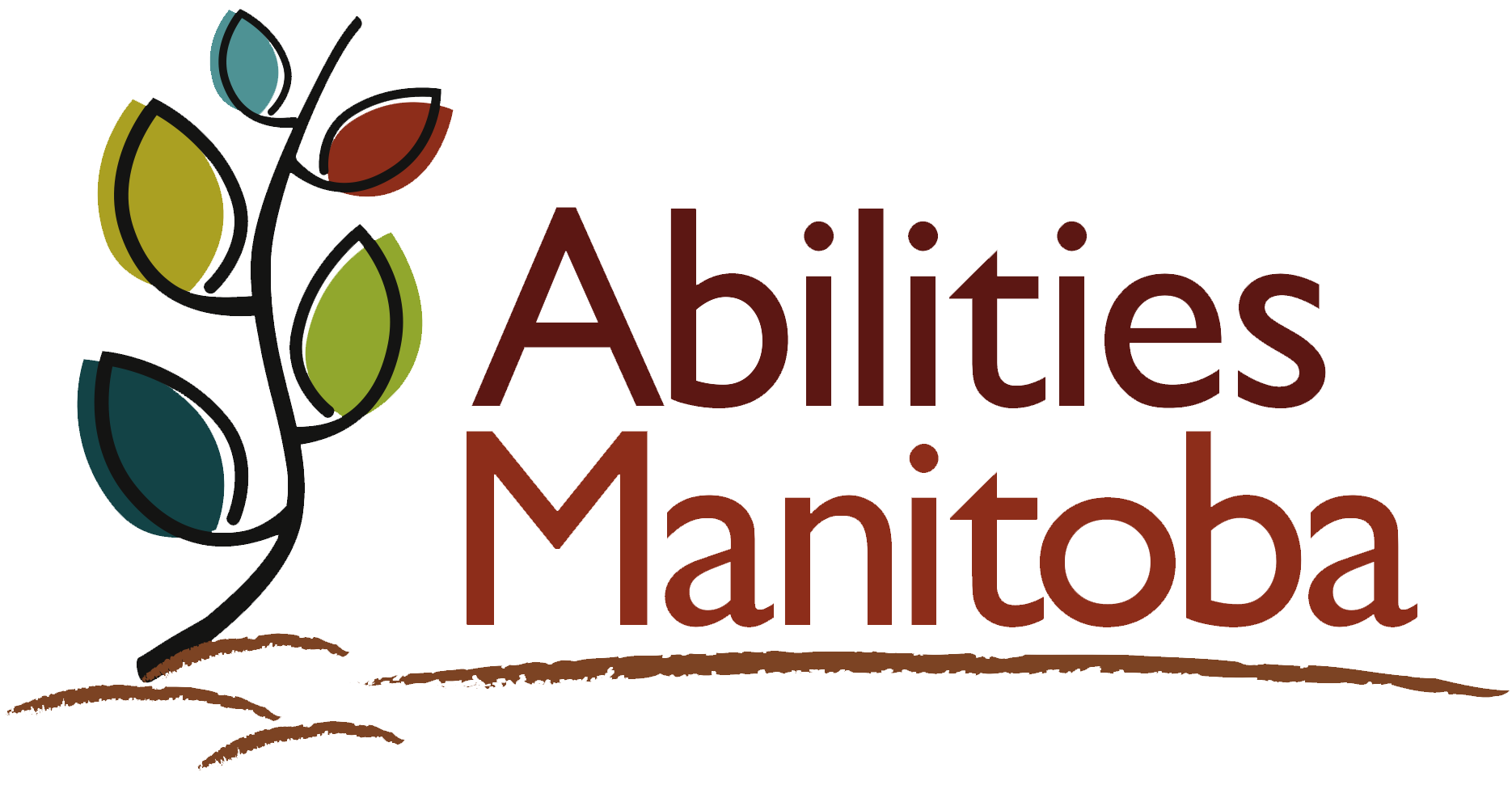Documents authored by Abilities Manitoba are available in alternative formats. For other shared documents and resources, please contact the original author. If you require any assistance please contact us and we will do our best to accommodate you.
You can contact us at admin@abilitiesmanitoba.org or 431-688-6108.
Leading Practice Guidelines
Accessibility
Type: Rights & Responsibilities
Guideline: Services are accessible and meet the specific accessibility needs of people served. The organization has a plan to remove or compensate for barriers that exist.
What does this look like?
The organization complies with or exceeds provincial and federal accessibility and building code requirements.
The organization assesses, documents and meets people’s needs related to accessibility to ensure that they be as independent as possible and use environments, information and services without experiencing barriers.
Environments are accessible for all those who utilize them. All levels of buildings where services are provided and all common areas are accessible. If this is not currently available, there are efforts to mitigate the barrier this creates and to work towards creating full access.
In planning the location and use of space, the organization considers: accessibility, availability and affordability of public transportation, location of relevant community resources and the needs of people receiving services.
The organization has a process to identify the need for and request professional consultation for people who may benefit from therapeutic, adaptive, mobility, orthotic, prosthetic, communication, corrective and safety devices or other assistive devices. The organization supports the person (and family, support network if available) so that they are:
- involved in the selection of specific equipment or devices;
- provided the opportunity to try the equipment prior to purchase or selection; and
- trained on the use of specific equipment being provided.
The organization expects, trains and informs staff about how to support people’s use of assistive devices and equipment. This includes information that specify the situation in which each is to be used and how to care for the equipment.
Equipment is maintained, in good repair and is readily available to the person who uses them throughout their daily schedule. A schedule of regular preventative maintenance is followed.
The organization works with community resources to help the person identify and make necessary physical adaptations to the person’s home, workplace or other location where services are provided. These may include:
- Ramps;
- Lifts/elevators;
- Porch or stair lifts;
- Hydraulic, manual, or other electronic lifts/elevators incorporated into the building structure;
- Roll-in showers;
- Sink modification;
- Bathtub modifications;
- Toilet modifications;
- Water faucet controls;
- Floor urinal and bidet adaptations;
- Turnaround space adaptations;
- Widening of doorways/hallways;
- Specialized accessibility/safety adaptations/additions;
- Installation of specialized electronic and plumbing systems to accommodate medical equipment and supplies;
- Handrails, grab-bars, door handle adaptations, trapeze, and mobility track systems for home ceilings; or
- Automatic door opener/doorbells
- Voice, light, and/or motion-activated and electronic devices;
- Modified switches, outlets or other structural controls for home devices;
- Alarm, alert or signaling systems;
- Fire safety adaptations;
- Medically necessary air filtering devices;
- Medically necessary heating/cooling adaptations; or
- Glass substitutes for windows and doors or other structural safety modifications.
The organization provides information and supports to people in accessible formats. Written documentation or videos are adapted for the needs of people using them.
The organization helps community resources meet the accessibility needs of people using services through education and advocacy.
How would you know this is happening? (Evidence)
What you see in systems:
- Support Plans articulate people’s needs in the area of accessibility, how to use assistive devices, adaptations and accommodations, etc.
- Information produced or shared by the organization is designed to maximize access and reduce barriers.
What you see in actions:
- People have full access and use environments that have been adapted to maximize their independence and personal outcomes.
- Staff are knowledgeable and aware of each person’s need for accommodation, adaptation and access and is confident and competent in how to meet these needs. Where barriers exist, they are aware of the plan to reduce or eliminate the barrier.
